How Ukraine might maintain its Abrams, Challenger, and Leopard tanks to fight Russia
The Ukrainians are operating a Noah’s Ark of tanks and armored vehicles.
BY JEFF SCHOGOL | PUBLISHED JAN 27, 2023 9:00 AM Trust and Purpose
Logistics has long been one of the Ukrainian military’s greatest challenges as it has tried to maintain and operate artillery, armored vehicles, and other weapons systems from a variety of countries. Now Ukraine is receiving an influx of Western-made main battle tanks that will further strain its logistics system.
The United States recently announced it is giving Ukraine 31 new M1 Abrams tanks. Britain is also sending Ukraine 14 Challenger 2 tanks. Germany and other countries will provide Ukraine with about 80 Leopard 2 tanks. (The Ukrainians have also received several variants of the Soviet-designed T-72 tank,from countries such as Poland, the Czech Republic, and Morocco.)
That means the United States and other countries will provide Ukraine with 125 Western-made tanks. However, Gen. Valery Zaluzhny, Ukraine’s top military commander, has said that his forces need 300 tanks and 600 armored vehicles from the West to beat the Russians.
The question is whether Ukraine will be able to find enough trained maintainers and spare parts for all these tanks and armored vehicles to keep them in the fight. The Ukrainian military also needs to be able to quickly train crews to operate tanks from several different countries while figuring out where its new armored forces can make the biggest difference on the battlefield.
Additionally, the United States is sending Ukraine 109 Bradley Fighting Vehicles, 90 Stryker Armored Personnel Carriers, 300 M113 Armored Personnel Carriers, 250 M1117 Armored Security Vehicles, and 580 Mine Resistant Ambush Protected Vehicles, according to the Defense Department. The Germans have also provided Ukraine with Gepard anti-aircraft tanks and are sending the Ukrainians Marder Infantry Fighting Vehicles. The French have pledged to send Ukraine AMX-10RC armored combat vehicles.
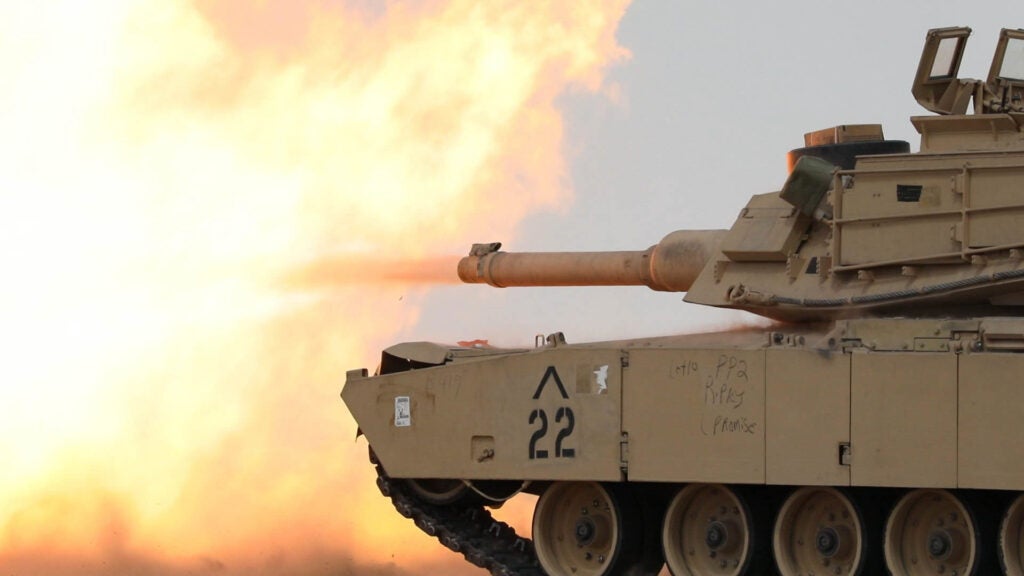
Subscribe to Task & Purpose Today. Get the latest military news, entertainment, and gear in your inbox daily.
In a statement to Task & Purpose, Ukraine’s Defense Minister Oleksii Reznikov acknowledged that having weapons systems from several different countries poses logistical and maintenance challenges, but the fact that so many countries are supporting Ukraine provides his country with a strategic advantage.
The Ukrainian military has already established a process for conducting maintenance and basic repairs near the front lines, while more complex work is done in relatively protected areas of Ukraine, Reznikov said. Military equipment that requires complex repairs is sent to other countries in Europe.
“At the end of the day, we will have to decide what the main tank, main aircraft will be, what calibers and types of artillery we will keep and develop,” Reznikov said.
Still, Abrams tanks in particular are very difficult to maintain. U.S. defense officials have repeatedly insisted that the tanks’ turbine engines voraciously consumes jet fuel, which makes keeping the tanks running more challenging.
However, the Ukrainian military has used the Soviet-era T-80 tank, which also has a turbine engine, since 1983, said Phillip Karber, a Marine veteran and national security analyst.
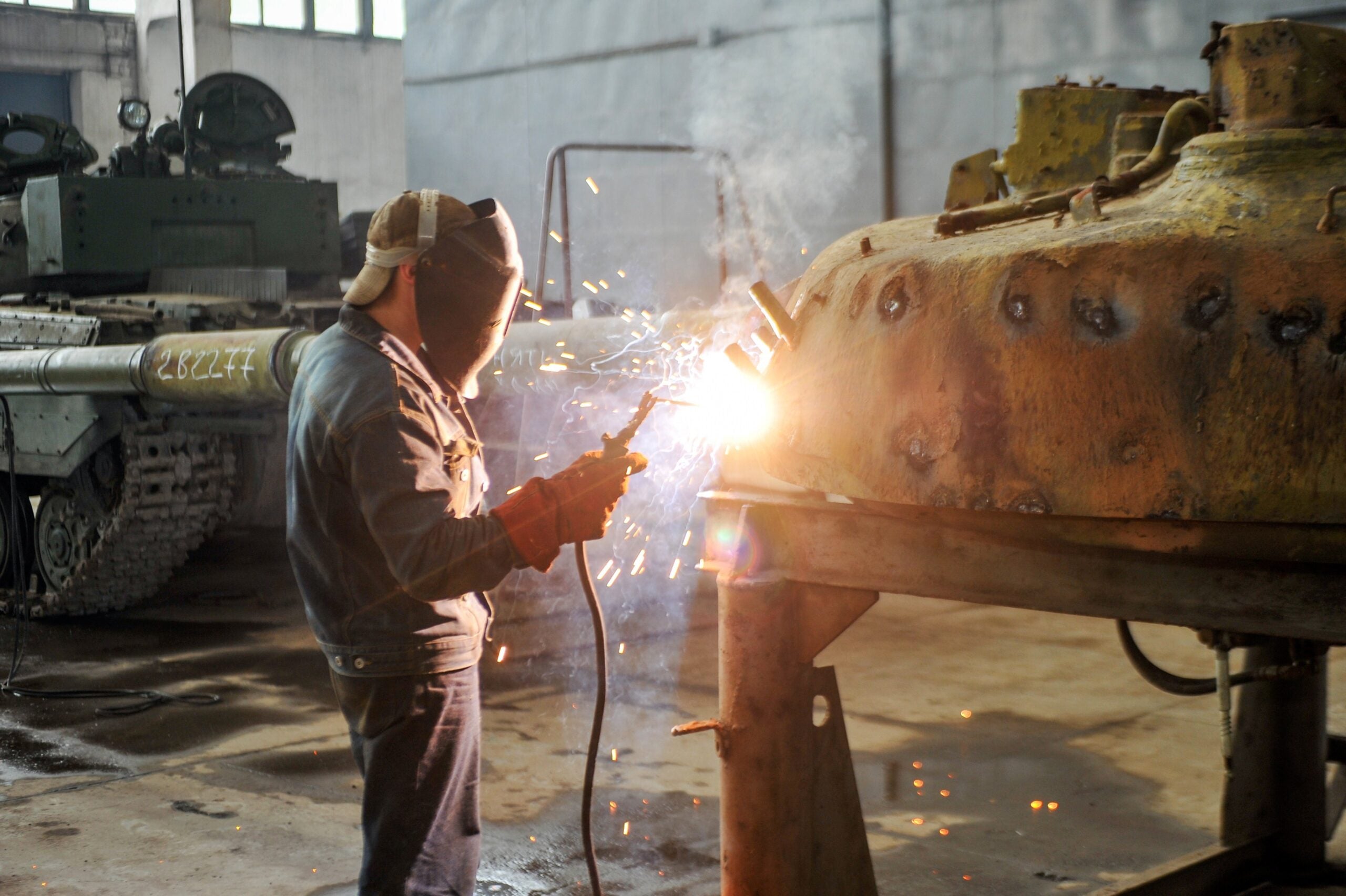
Although Abrams tanks are more sophisticated and offer crews more protection than T-80s, which like other Soviet and Russian tanks often explode when they are hit, Karber said that Ukrainian maintainers who now work in T-80BVs could learn how to keep Abrams tanks running fairly quickly. T-80BVs are a variant of the tank introduced in 1985 and feature explosive reactive armor to deflect enemy shells.
“My estimate is — and I’ve spent time in three of Ukraine’s tank factories or assembly plants — their technicians could be on top of correcting or fixing just about anything on an M1 with two months of experience,” Karber told Task & Purpose.
Karber added that Abrams tanks could be easier for the Ukrainians to drive than their T-80s, and Ukrainian crews could learn how to use the Abrams fire control system with about a month of training.
However, it may be more problematic for the Ukrainians to maintain the Leopard 2 tanks that it is receiving from Germany and other countries because there are so many different models of those tanks, he said.
“The difference between a Leopard Mod 2 and a Mod 7 can be really very radical,” Karber said. “Some of them don’t have the same levels of protection. The fire controls are different. So, you want to talk about having a maintenance nightmare: Introduce three or four different types of Leopard 2s.”
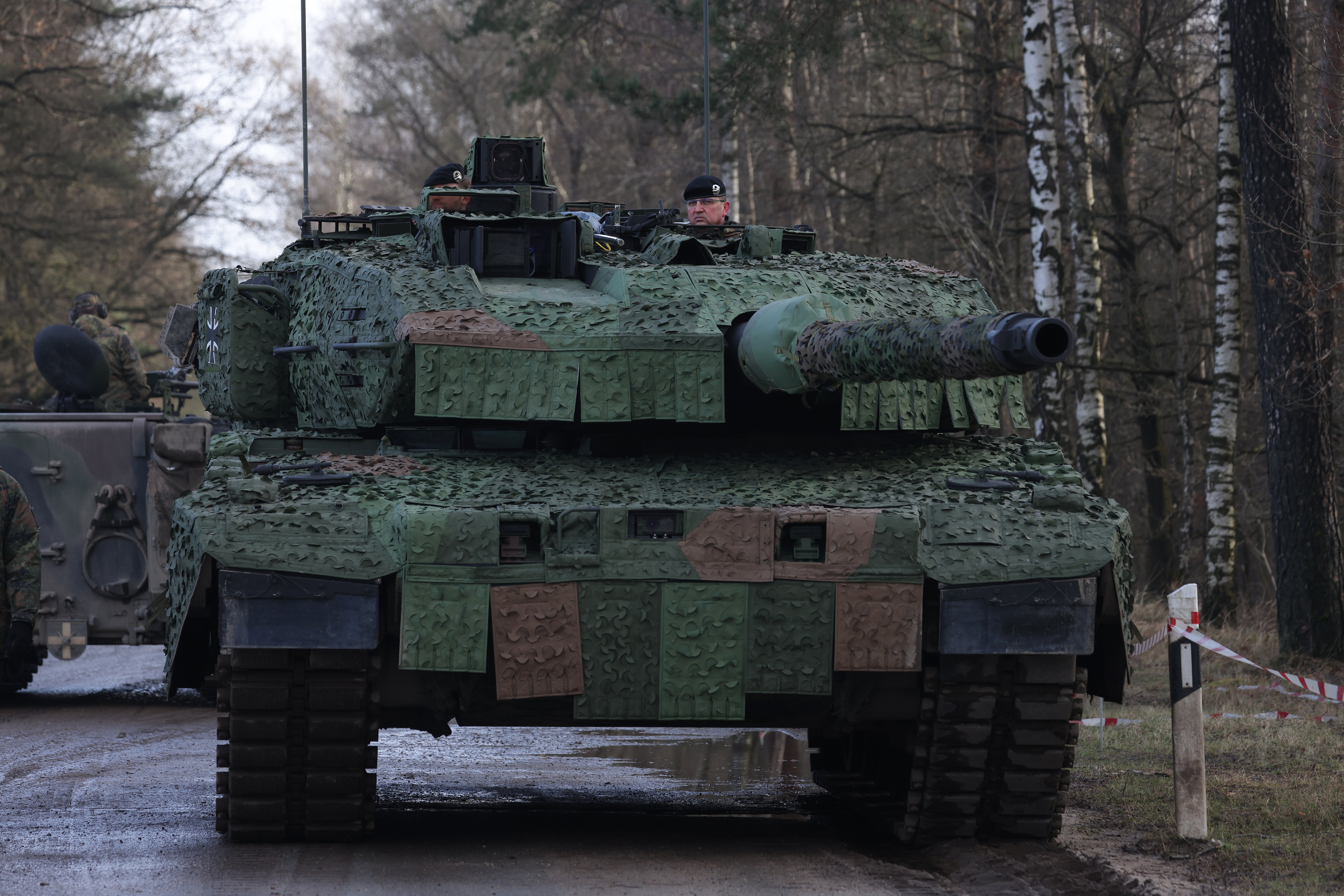
Because Ukraine is getting tanks and armored vehicles from so many countries, it must operate multiple different types of maintenance systems, Karber said. Those difficulties are compounded by the fact that Ukraine now has a hodgepodge of Western armored personnel carriers and artillery systems.
But in terms of the advantages of the economies of scale, it makes no sense for the Ukrainians to have separate maintenance systems for their relatively few Western tanks.
If, however, the Ukrainians received 100 of each of the three types of tanks it is getting from the West, it would be worth having the different maintenance systems because the Ukrainian military would have three tank brigades, said Karber, who noted that the Marine Corps has divested its Abrams tanks.
“For Christ’s sake: Send them 90 tanks of the same thing,” Karber said. “This is nuts. That’s a real problem of having this mish-mash of all these different vehicles.”
When asked why on Thursday the United States and its allies were not giving more tanks to Ukraine, Pentagon spokeswoman Sabrina Singh told reporters, “These are sovereign countries making decisions on security assistance for themselves and what they can give to Ukraine.”
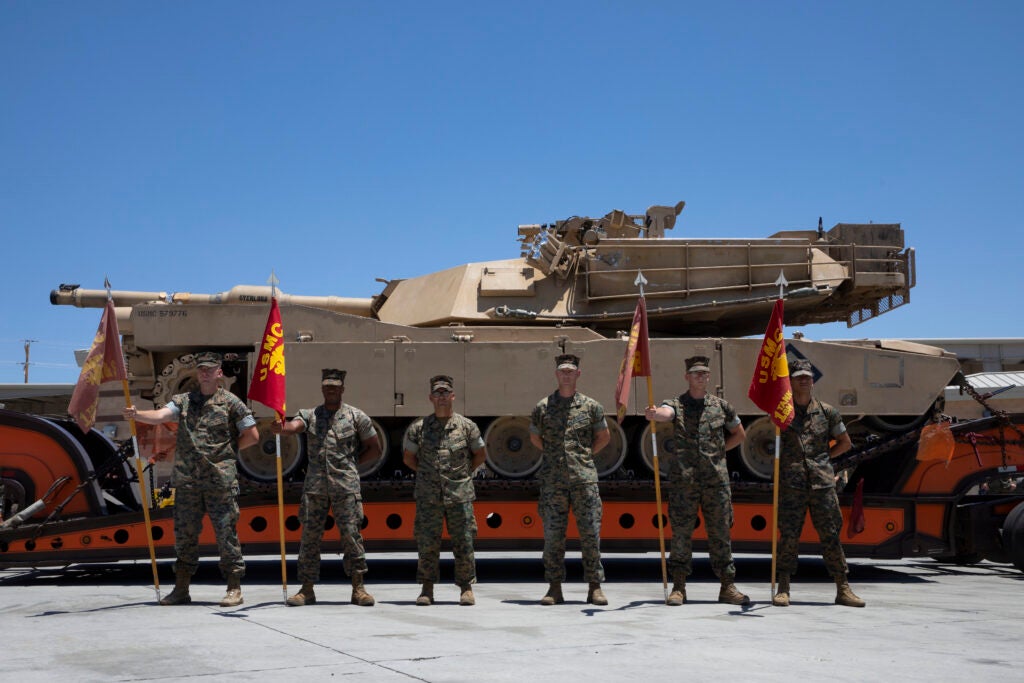
Singh also reiterated that the U.S. military does not have excess Abrams tanks to give Ukraine, although she said that she did not know what the status is of the Marine Corps’ former tanks.
Over the past 11 months of the war, the Ukrainian military has shown that it can repair old and obsolete Soviet equipment while also maintaining newer Western weapons systems, such as the High Mobility Artillery Rocket Systems, or HIMARS, said Artem Starosiek, CEO and founder of Molfar, an open-source intelligence community based in Kyiv.
Ukraine has also demonstrated that it can maintain a variety of Western weapons systems at the same time by integrating air defense systems from several different countries into a single, coherent force, Starosiek told Task & Purpose.
Not only has the Ukrainian army managed to use its Soviet-era air defenses, such as the S-300, but they’ve also been able to incorporate the IRIS-T air defense system from Germany along with Crotale surface-to-air-missiles from France and National Advanced Surface-to-Air Missile Systems from the United States, Sarosiek said.
“The Ukrainian army needs more armored vehicles to plan and start the big offensive campaign,” Starosiek said.
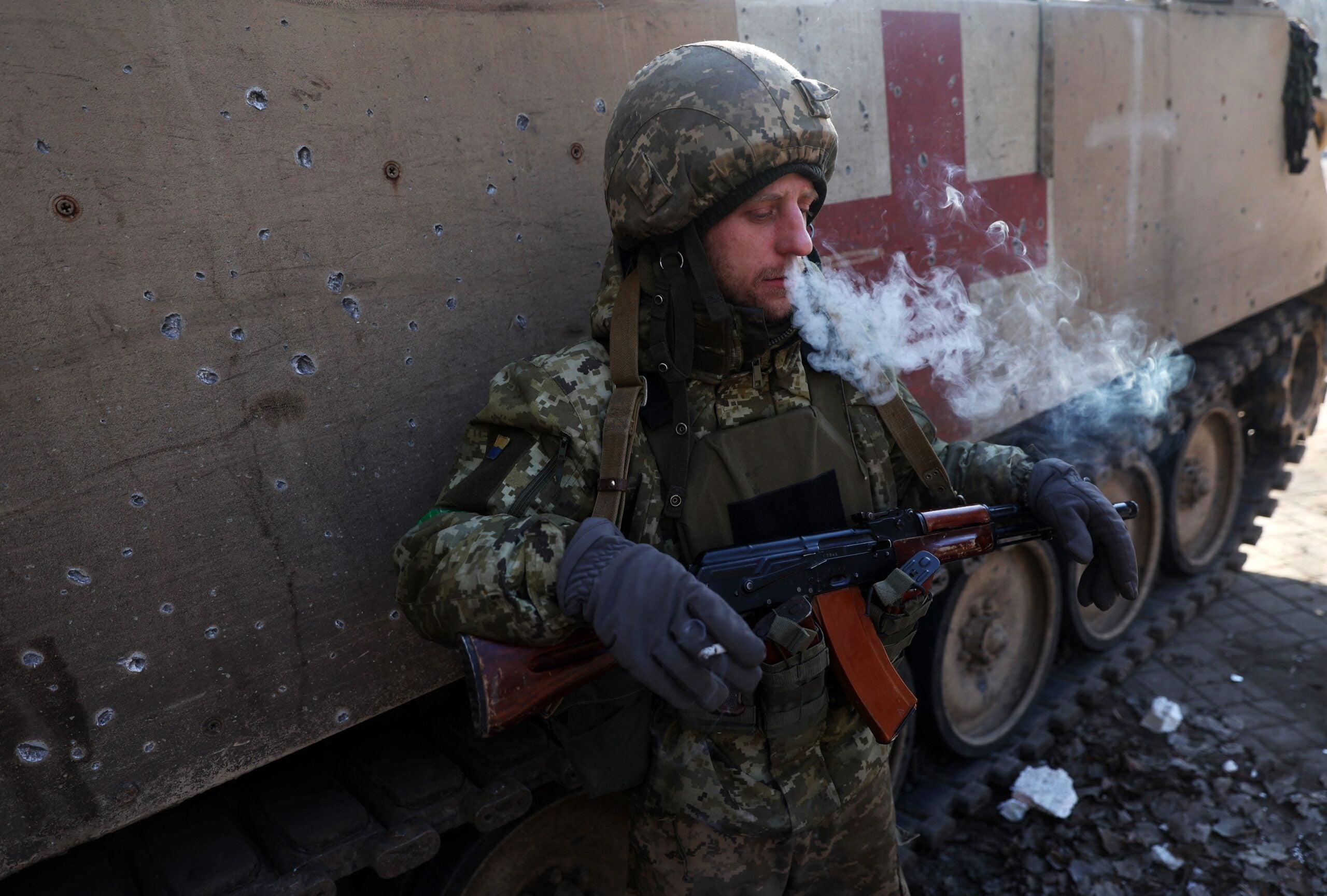
But it will take several months before the 31 Abrams tanks arrive in Ukraine, in part because the U.S. government is buying new tanks instead of giving Ukrainians tanks that it already has.
The Pentagon has determined that it does not have any excess tanks in the U.S. military that the Ukrainians could use, National Security Council spokesman John Kirby told reporters on Wednesday.
“Even if there were excess tanks, the process of getting them to Ukraine to prepare them for use by the Ukrainians, to train the Ukrainians, put all the parts and supplies in place, it would take many months anyway,” Kirby said at a White House news conference.
That means the Leopard 2 tanks will likely be the first Western tanks that Ukrainians will use in combat operations, said retired Australian Maj. Gen. Mick Ryan.
While the Challenger 2s are good tanks, the Ukrainians are getting such a small fleet of them that they will probably park them for the time being so they can focus their efforts on integrating the Leopard 2 tanks from Germany and other countries into its battlegroups and brigades for offensives later this year, Ryan told Task & Purpose.
The Ukrainians have been updating their logistics system to meet NATO standards, but such a transition typically takes a long time, especially for a country that is fighting for its survival, said Ryan, who previously served as director of general training and doctrine for the Australian Army.
Ryan also cautioned that it would be a mistake for Ukraine to attempt to try to copy the U.S. military’s logistics system.
“No army in the world has the resources to do this,” Ryan said. “So, the Ukrainian logistic system will continue to adapt to NATO approaches and will need to support both Soviet-era and Western equipment in the coming year, and they will have their own approach. We should support them in this — and there is probably a lot we can learn from them.”
It should also be remembered that Ukraine is facing an existential threat, and that is forcing them to solve problems and accomplish feats that might otherwise be impossible or take a long time, Ryan said.
“It has allowed them to constantly surprise us, and the Russians, for the last 11 months,” Ryan said. “I have a strong suspicion that they will do so again with the western MBTs [main battle tanks].”
The latest on Task & Purpose
- The Navy wiped the ‘Top Gun: Maverick’ director’s camera after he ‘captured something I wasn’t supposed to capture’
- Marine under investigation after viral video showed altercation with hotel staff
- Fighter pilot to receive Navy Cross more than 70 years after classified dogfight with 7 Soviet jets
- 2 Navy commanders fired in one day
- The Marines have a new ship-killing weapons system to counter China
Want to write for Task & Purpose? Click here.

Aucun commentaire:
Enregistrer un commentaire